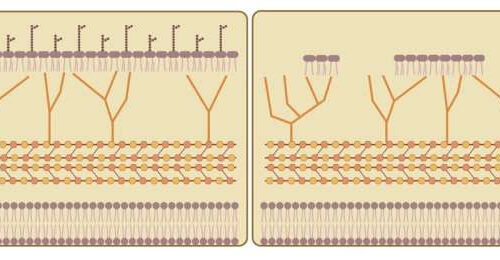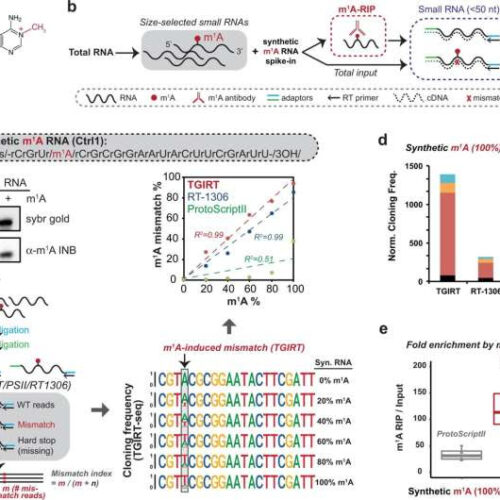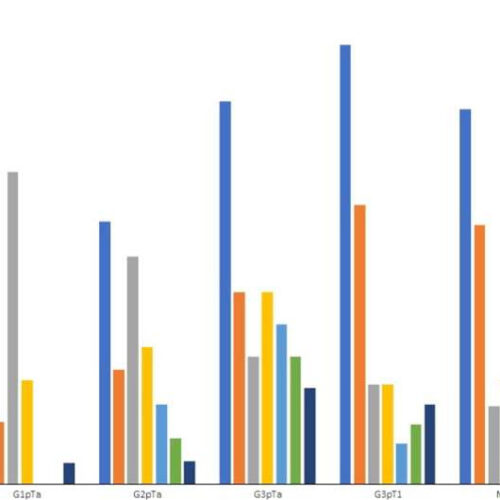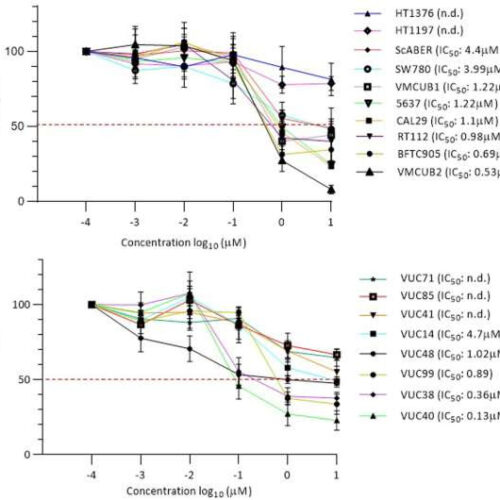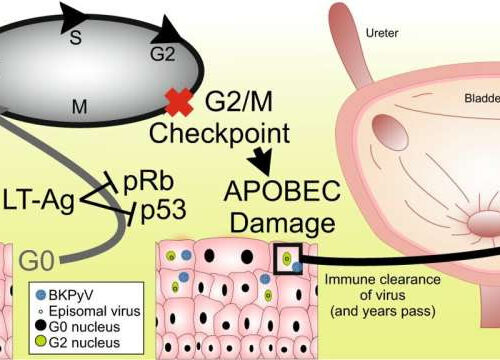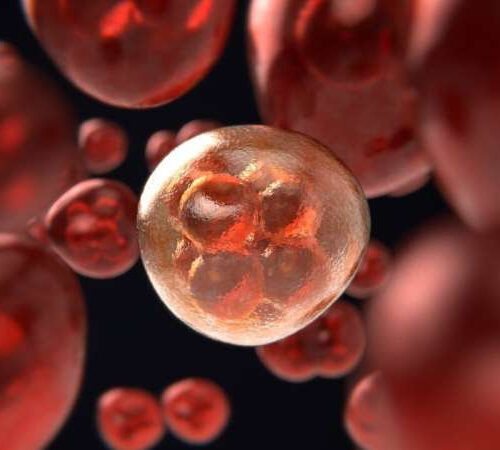Lei Lei WuNews Reporter In an early cut of data, Johnson & Johnson said Sunday afternoon that seven of eight bladder cancer patients who received its experimental bladder cancer treatment — a decades-old chemotherapy delivered in a device which its developers call “the pretzel” — saw their tumors go away. The Phase II study, known...
Tag: <span>Bladder Cancer</span>
Urine Test Predicts Future Bladder Cancer 12 Years Before Symptoms
Neil Osterweil March 13, 2023 A simple urine test for genetic mutations in urine-derived DNA can predict urothelial cancer up to 12 years before patients develop symptoms, an international team of researchers claims. The test, if validated in further studies, has the potential to serve as a cancer screening tool for individuals at elevated risk for bladder...
Modified bladder cancer treatment shows promise in animal studies
by Texas Biomedical Research Institute BCG is a live attenuated vaccine used to protect against the development of tuberculosis disease, and is also used as the gold standard treatment for bladder cancer. BCG contains an array of surface lipids that are highly inflammatory (top row). The Texas Biomed team “delipidated” the BCG vaccine by removing...
Older adults with advanced bladder cancer prioritize honest information about what to expect
by Rachel Sauer, CU Anschutz Medical Campus Credit: CC0 Public Domain The median age for receiving a bladder cancer diagnosis is 73, and a significant number of those living with the disease are in their 70s and 80s. A longstanding stereotype in cancer care is that older patients favor a more paternalistic style of care, one in which they...
Methylation of tRNA-derived fragments regulates gene-silencing activity in bladder cancer
by By Jeff Hansen, University of Alabama at Birmingham Systematic mapping of m1A sites in small RNA space. a) Chemical structure of m1A (N1-methyladenosine). b) Overall m1A mapping strategy for small RNAs by combining m1A RIP and m1A-induced mismatch analysis. Synthetic m1A RNA is included as a positive control. c) TGIRT identified as the optimal...
New urine test for bladder cancer could reduce need for invasive and time-consuming diagnostic procedures
by University of Birmingham Mutation frequencies across incident bladder cancer stages and grades. Data are shown for the six genes most frequently mutated (overall) in grade 1 pTa (n = 23), grade 2 pTa (n = 42), grade 3 pTa (n = 15), grade 3 pT1 (n = 24), and grade 2 pTa (n =...
Therapeutically effective drugs for bladder cancer identified
by Johannes Angerer, Medical University of Vienna Response of commercially available and patient-derived BC cell lines to varying concentrations of clofarabine. (A) Commercially available cell lines representing different intrinsic BC subtypes were treated with variable concentrations of clofarabine for 48 h. Apart from HT1367 and HT1197, all tested BC lines showed a concentration-dependent decrease of...
Study: Common virus may cause bladder cancer
by University of York Fig. 1: Schematic model of BKPyV hit-and-run carcinogenesis hypothesis. Immune-insufficiency leads to reactivation of latent BKPyV, sloughing of actively-infected renal “decoy” cells and BKPyV viruria. BKPyV infects the G0-arrested urothelium but remains episomal. In infected urothelial cells, BKPyV LT-Ag inhibits host retinoblastoma (pRb) and disables p53, releasing urothelial cells from G0...
Link between hypercholesterolemia and bladder cancer aggressiveness
by Liu Jia, Chinese Academy of Sciences Credit: Pixabay/CC0 Public Domain Hypercholesterolemia is a metabolic disorder commonly found in people with obesity. It has been reported as a risk factor in the development of the cancers derived from steroid-targeted tissues, such as breast and prostate cancer. However, little is known about the effects of hypercholesterolemia on...
Liquid biopsies may aid diagnosis, treatment of bladder, nerve tumors
by Julia Evangelou Strait, Washington University School of Medicine Credit: Pixabay/CC0 Public Domain Blood and urine tests could lead to faster and less invasive methods to diagnose and monitor various types of tumors, new research indicates. Two studies led by Washington University School of Medicine in St. Louis describe the potential of liquid biopsies to identify and track...

